LiDAR, or light detection and ranging, is a popular remote sensing method used for measuring the exact distance of an object on the earth’s surface. Even though it was first used in the 1960s when laser scanners were mounted to aeroplanes, LiDAR didn’t get the popularity it deserved until twenty years later. It was only during the 1980s after the introduction of GPS that it became a popular method for calculating accurate geospatial measurements.
Now that its scope has spread across numerous fields, we should know more about LiDAR mapping technology and how it works. Here are a few insights about it that are good to know.
LiDAR Technology
According to the American Geoscience Institute, LiDAR uses a pulsed laser to calculate an object’s variable distances from the earth surface. These light pulses — put together with the information collected by the airborne system — generate accurate 3D information about the earth surface and the target object.
There are three primary components of a LiDAR instrument — the scanner, laser and GPS receiver. Other elements that play a vital role in the data collection and analysis are the photodetector and optics. Most government and private organizations use helicopters, drones and airplanes for acquiring LiDAR data.
Types of LiDAR Systems
LiDAR systems are divided into two types based on its functionality — Airborne LiDAR & Terrestrial LiDAR.
Airborne LiDAR
Airborne LiDAR is installed on a helicopter or drone for collecting data. As soon as it’s activated, Airborne LiDAR emits light towards the ground surface, which returns to the sensor immediately after hitting the object, giving an exact measurement of its distance. Airborne LiDAR is further divided into two types — Topological LiDAR and Bathymetric LiDAR.
Terrestrial LiDAR
Unlike Airborne, Terrestrial LiDAR systems are installed on moving vehicles or tripods on the earth surface for collecting accurate data points. These are quite common for observing highways, analysing infrastructure or even collecting point clouds from the inside and outside of buildings. Terrestrial LiDAR systems have two types — Mobile LiDAR and Static LiDAR.
How Does LiDAR Work?
LiDAR follows a simple principle — throw laser light at an object on the earth surface and calculate the time it takes to return to the LiDAR source. Given the speed at which the light travels (approximately 186,000 miles per second), the process of measuring the exact distance through LiDAR appears to be incredibly fast. However, it’s very technical. The formula that analysts use to arrive at the precise distance of the object is as follows:
The distance of the object = (Speed of Light x Time of Flight) / 2
LiDAR can be used to accomplish many developmental objectives, some of which are:
Oceanography
When the authorities want to know the exact depth of the ocean’s surface to locate any object in the case of a maritime accident or for research purposes, they use LiDAR technology to accomplish their mission. Other than locating objects, LiDAR is also used for calculating phytoplankton fluorescence and biomass in the ocean surface, which otherwise is very challenging.
Digital Elevation or Terrain Model
Terrain elevations play a crucial role during the construction of roads, large buildings and bridges. LiDAR technology has x, y and z coordinates, which makes it incredibly easy to produce the 3D representation of elevations to ensure that concerned parties can draw necessary conclusions more easily.
Agriculture & Archaeology
Typical applications of LiDAR technology in the agriculture sector include analysis of yield rates, crop scouting and seed dispersions. Besides this, it is also used for campaign planning, mapping under the forest canopy, and more.
Apart from the applications mentioned above, LiDAR is used by geoscientists for unearthing geomorphology related secrets, as well as by military for carrying out various security operations near the national borders.



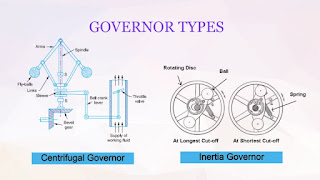





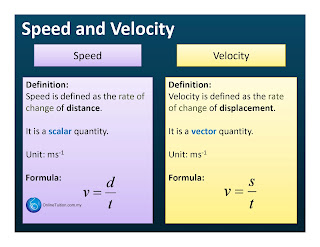



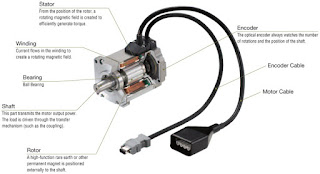

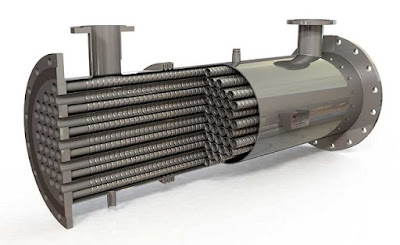
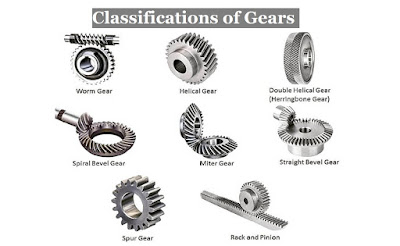

Comments
Post a Comment